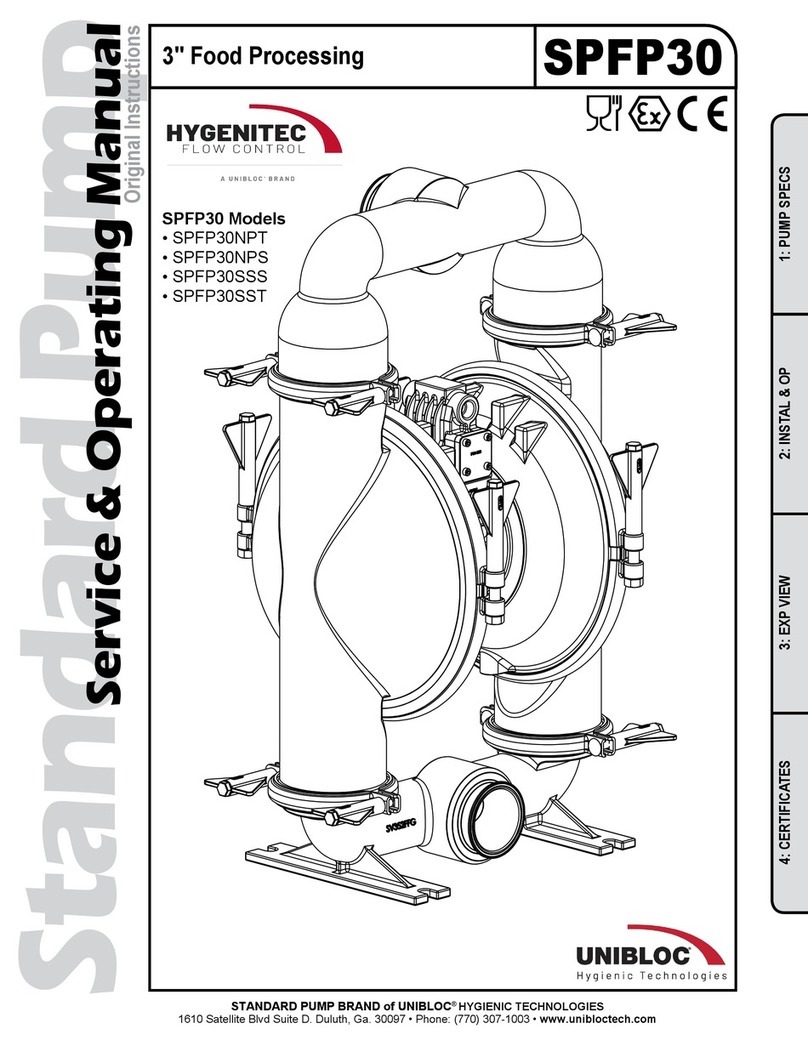
Contents
3
www.unibloctech.com
Contents
0. General ........................................................................................................................................... 5
Introduction .................................................................................................................................... 5
Safety Notice ................................................................................................................................. 5
Declaration of conformity ............................................................................................................... 6
Training .......................................................................................................................................... 6
Limitations of use ........................................................................................................................... 6
0.5.1. Health Hazard Warning ......................................................................................................... 7
ATEX Safety Information ............................................................................................................... 8
0.6.1. General .................................................................................................................................. 8
0.6.2. ATEX Directive 2014/34/EU (Equipment for Explosive Atmospheres) ................................. 8
0.6.3. Personnel qualifications and training ..................................................................................... 8
0.6.4. Products used in potentially explosive atmospheres ............................................................. 8
0.6.5. Scope of compliance ............................................................................................................. 9
0.6.6. Marking .................................................................................................................................. 9
0.6.7. Avoiding excessive surface temperatures ............................................................................. 9
0.6.8. Pump media temperature ...................................................................................................... 9
0.6.9. Preventing the build-up of explosive mixtures ..................................................................... 10
0.6.10. Preventing sparks ................................................................................................................ 10
0.6.11. Preventing leakage .............................................................................................................. 10
0.6.12. Maintenance to the double diaphragm pump to avoid potential hazards ............................ 10
0.6.13. Additional safety instructions ............................................................................................... 11
1. Installation ...................................................................................................................................12
Packaging and Shipping Inspection ............................................................................................ 12
Storage ........................................................................................................................................ 12
Installing the Slimline Pump ........................................................................................................ 12
1.3.1. Foundation ........................................................................................................................... 12
1.3.2. Connection of suction and delivery pipes ............................................................................ 13
1.3.3. Connection of Air Pipes ....................................................................................................... 14
1.3.4. Air Pressure ......................................................................................................................... 14
1.3.5. Air condition ......................................................................................................................... 14
Example of Installation................................................................................................................. 14
2. Operation .....................................................................................................................................15
Before starting the pump ............................................................................................................. 15
Operation of pump ....................................................................................................................... 15
Noise levels ................................................................................................................................. 15
Recommendations for Best Pump Performance ......................................................................... 15
3. Maintenance.................................................................................................................................16
Routine inspection ....................................................................................................................... 16
Complete inspection .................................................................................................................... 16
Chapter Title Page no.





























